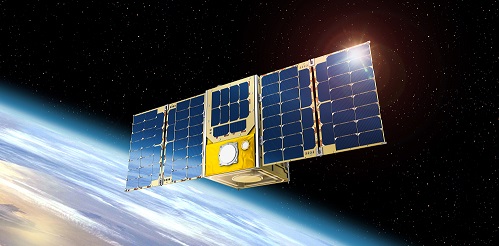
Jan 22, 2020 | Marine Animals, News, Oceanography, Meteorology, Hydrology, Climatology, Wildlife Monitoring
Olive Ridley sea turtles live in the tropical oceans. They dive to feed, and, as all species of sea turtles, they are threatened these days. To help in understanding and protecting them, some are tracked using Argos satellite telemetry. However, the environmental data...

Jan 16, 2020 | Hardwares, Herding, News, Oceanography, Meteorology, Hydrology, Climatology, Pollution, Smart Agriculture, Wildlife Monitoring
The first ARGOS satellite dedicated to environmental monitoring was launched in 1978 by NASA. Since then, this system has been at the service of the international scientific community and has enabled a better understanding of our Earth, its fauna, climate,...

Jan 6, 2020 | Fish, News, Wildlife Monitoring
Silky sharks occupy the same habitat as some marketable tuna species, thus leading to high risks of bycatch by fisheries. A NOAA study using a combination of telemetry technologies, including Argos satellite telemetry, aims to identify potential patterns in silky...

Dec 18, 2019 | Hardwares, Herding, News, Oceanography, Meteorology, Hydrology, Climatology, Pollution, Smart Agriculture, Wildlife Monitoring
On December 18, 2019, the French Space Agency, CNES, has launched the first Argos nanosatellite, marking the beginning of a revolution in the Argos system as we know it. This nanosat is the prototype mission for Kinéis, a constellation of 25 nanosatellites with Argos...

Dec 17, 2019 | Birds, News, Wildlife Monitoring
The lesser kestrel is a small falcon migrating from Europe to Africa. A study using a large dataset of tracked birds made it possible assess the differences of migration paths and African arrival points depending on their breeding regions in Europe. This can used in...

Dec 13, 2019 | Hardwares, Herding, News, Oceanography, Meteorology, Hydrology, Climatology, Pollution, Smart Agriculture, Wildlife Monitoring
Have you ever wanted to design your own Argos satellite transmitter? Now it’s possible! CLS and the Arribada Initiative are pleased to announce a new open-source reference design by Icoteq, Ltd. Used with the ARTIC R2 chipset, a low power Argos 2/3/4 single...







